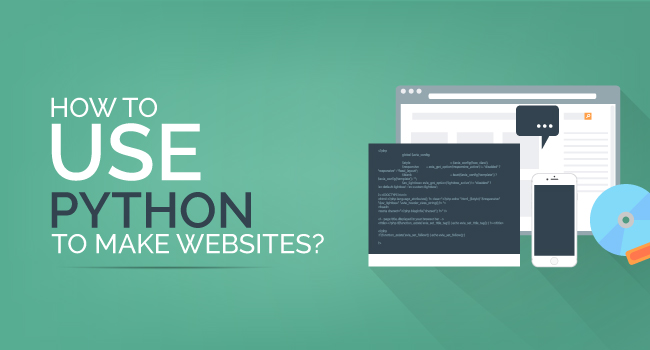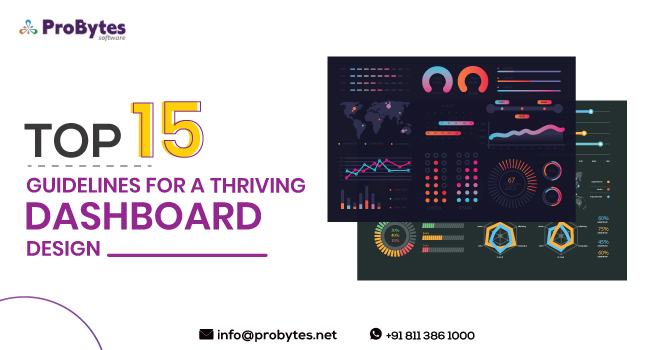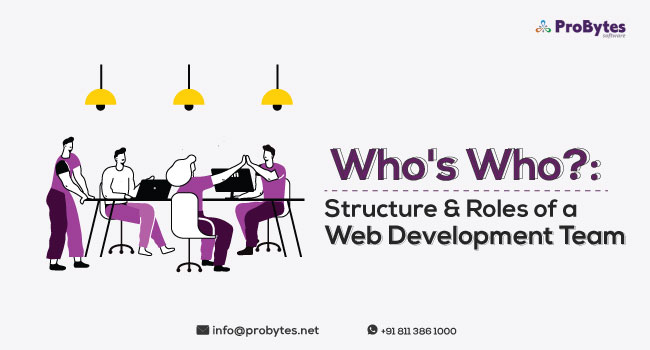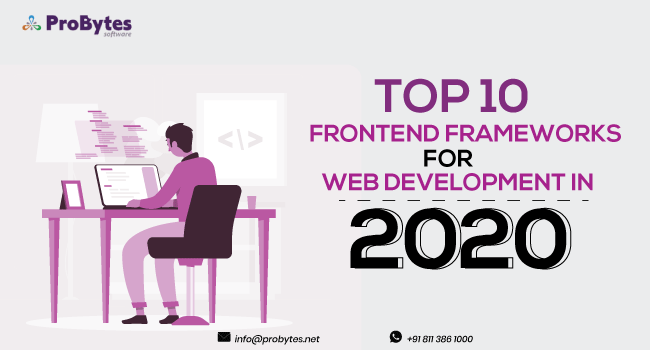Blog Category(283 Blogs)
What is a Web Framework?
A web framework ties up the user interface, database, server, browser and middleware system and streamlines the process flow. In other words, this software framework is essential for the development of web applications, web services and dynamic as well as static websites.
Read Also: 13 Best Python Web Framework For Web Developers
A web framework consists of template frameworks, libraries with accessible data and session management.
How does a Web Framework work?
Type a website’s name into a browser say, for example www.probytes.com, and the page opens. However, in the backend of the browser, numerous processes happen in just a few seconds.
Step 1
The web server sends the HTML of the website to the web browser. (Note that the machine where this application is placed is also called web server). Even if the application is built using CSS or JSON, they are converted to HTML and the message is sent.
Step 2
In the next step, the web browser that received the HTML message “downloads” the website from web servers also known as application servers.
This process happens through the universal HTTP protocol, which is based on request-response model. The browser “requests” the data from the web application and the web application “responds” by sending the data.
The request – response action is only unidirectional. Only the web browser can request for data and the web application cannot do it. The different ways in which this request message is sent are HTTP GET, HTTP POST, and HTTP Response Codes. On the web application side, it responds with the HTTP 200 response.
Components of Web Framework Architecture
Web framework architecture includes the following elements – administration tool, Client Layer, Recommender Server and Generator Server. The administrator layer or tool contains Management, API Documentation, and Administration.
The Recommender Server contains API Layer, Application layer (containing online, action, offline recommender services), and Database layer that has database actions and association rules. The Generator Server has a Data mining layer, which contains both action-based and content-based generators.
Types of Framework Architectures
1. Model-View-Controller
This push-based architecture is based on the logic of separating functions and responsibilities. The tables in the database are represented as models and the business logic is contained in controllers.
The benefits of this architecture are that it allows for code reuse and also modularizes code. This architecture enables web applications to show web pages for human users and web interface for remote applications.
Action-based web frameworks are Ruby on Rails, Symfony, Spring MVC, Stripes, Django, and Diamond.
2. Component-based Framework
This kind of framework “pulls” data from controllers or view layers. This architecture allows the web application to pull multiple controllers for a single view. Frameworks that use this architecture are Wicket, Lift, Tapestry, JavaServer Faces, and JBoss Seam.
Note: Certain frameworks are both push based and pull based. A few of them are RIFE, Struts, Play and ZK.
3. Three-tier Organization
As the name says, this architecture has three physical tiers – application, database and client. The application uses business logic to run on the server and communicate with the client, which is a web browser. The web browser operates on HTML that is generated by the web application.
4. Server-side Application
When web frameworks were first developed, they were server based. This type of framework is essential as it has the necessary app logic to ensure proper user experience and interaction on the user interface.
These frameworks control and manage the database, handle HTTP requests, and also map URLs. The popular server-side frameworks are Django, Symfony, Ruby on Rails, ASP.NET, and Express Node.
5. Client-side Application
This framework deals with the interface that the users see and navigate. Rendering, playing sound, playing video, routing input, and more functions are handled by the front-end application framework.
This dynamic framework is also known as Single Page Application. It updates the data on the same page that the user is viewing without loading new pages.
This process enhances the performance and also reduces content reloading time. The client-side frameworks are Angular.js, JavaScript, Bootstrap, React js, Semantic UI and Backbone.
6. Mobile Application Architecture
The mobile application architecture has three layers, namely presentation, data and business. The presentation or user interface is the layer that users face. All interactions and operations happen in this layer.
The business layer takes care of the workflow and manages end user behavior. The data layer manages the data functionality, configurations, communications and settings.
The mobile operating system, storage space, device screen resolution, screen size and processor capability need to be considered while developing a mobile framework application.
Types of Frameworks
Web frameworks are classified into different types based on the programming language that is used in building them.
1. Java Web Framework
Java Framework architecture includes three components – User Machine, Enterprise Server and Database. The user machine has web browser (JavaScript/HTML/CSS).
Read Also: 10 Robust PHP Frameworks For Developing Your Web App
The Enterprise Server contains Web Container (Apache Tomcat and Java Server Pages) and EJB Container that contains Business Methods, Data Access Objects, and JBOSS/ Web Logic. The database is written in SQL and RDBMS.
Java framework with is layered architecture can be used in a range of versatile applications. This framework has numerous tool kits that can be used to simple applications to full-fledged systems.
2. Node.js Framework
Node.js Framework features four components – Client, Server, Business Layer, and Data Layer. The client includes a mobile browser, web browser, and application.
The Business Layer contains the Application Server and File System while the Data Layer includes Database and External System.
Node.js Framework works with both front end and backend applications. The architecture shares and reuses codes and exchanges codes for consistent performance. It is the best option to build cloud-based platforms.
3. Ruby on Rails Framework
The architecture contains a browser, web server, user interface, database and Rails Framework. Information travels both ways in the browser, web server and user interface.
From the user interface, the command is routed to the Controller and then travels to the View and Model. From View, the response goes back to the web server. This framework works on an open-source model and delivers good speed and configuration to complete tasks.
4. ASP.NET framework
This robust framework developed by Microsoft is built using C language. It is a lightweight framework that is used to build applications for both mobile and computer systems. This full stack framework has multiple libraries.
Read Also: Make your own web application with the Yii Framework: Tutorial
The web framework determines the performance of websites and web applications and so all the pros and cons of each framework need to be considered while building and integrating a web framework.
Our expert team of website developers has in-depth knowledge of the different kinds of web frameworks and architecture. Get in touch with us to know more about the best web framework for your application.

 Python
Python Magento
Magento Odoo
Odoo How To
How To How Much
How Much Yii Development
Yii Development Core PHP
Core PHP Prestashop
Prestashop Latest News
Latest News Education
Education Web Design
Web Design Business
Business Ecommerce
Ecommerce Travel
Travel Banking and Finance
Banking and Finance Web Development
Web Development Ruby On Rails
Ruby On Rails Joomla Development
Joomla Development Ecommerce
Ecommerce Magento Development Services
Magento Development Services Hire a Developer
Hire a Developer Web Crawling Services
Web Crawling Services











